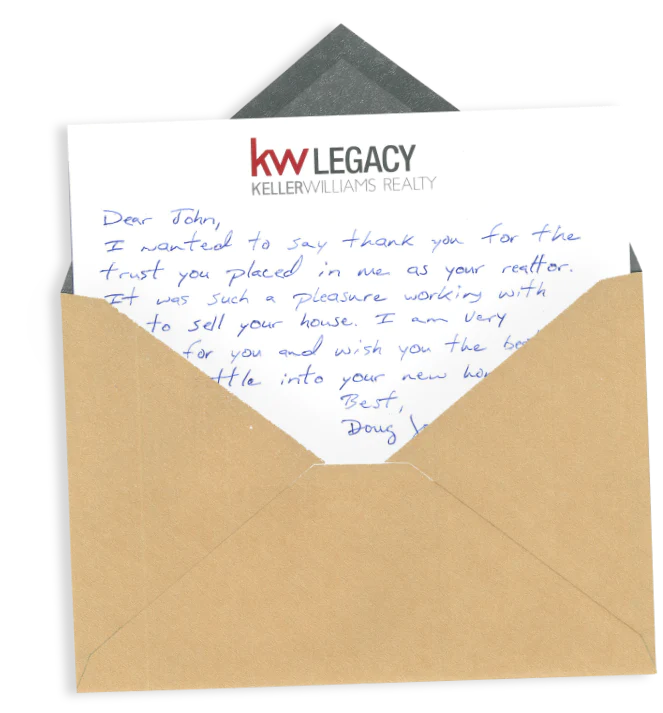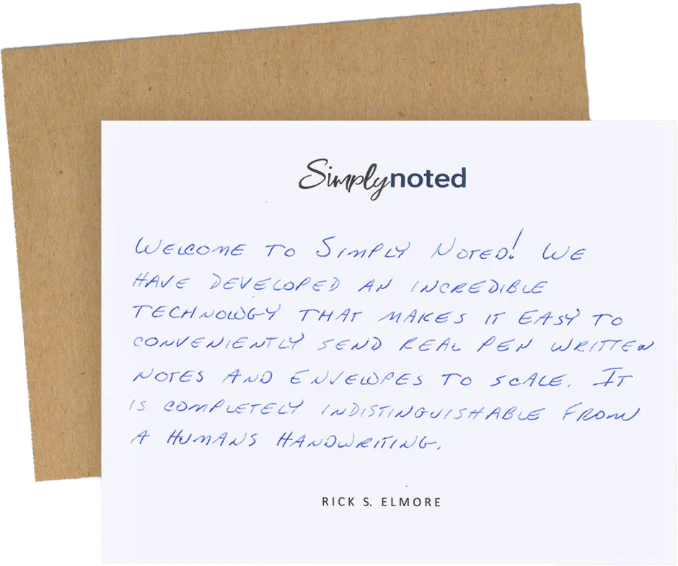5 Sales Mistakes to Avoid and What to Do Instead

There are about as many ways to sell to people as there are things to sell, but not all of them are effective. Some sales habits are counterproductive, while others are flat wrong. Below you’ll find five common mistakes that can sink your chances, along with the sales skills you need to turn the ship around. Avoid these snafus, and you’ll see your sales percentages grow.
SEE ALSO: How to Incorporate Empathy Into Sales
DON’T ASSUME THAT ALL OF YOUR CUSTOMERS ARE THE SAME
One of the most common mistakes salespeople make is to assume that because they’ve sold to some customers, they know how to sell to all customers. This isn’t the case. The only thing your prospects have in common is their interest in your product or service. The reasons they’re looking to purchase may be very different.
Take cars, for instance. Some customers might be looking for a vehicle with a strong safety record. Others may focus more on sleek curves and comfortable interiors. Still others are only concerned about dependability.
If you tend to focus your sales pitch on speed and performance you might strike out with customers that want a safe family car. Your errant focus could turn them off, conjuring images of reckless drivers tearing down the road at a million miles an hour.
Instead, you should approach sales as a conversation. Don’t immediately launch into your pitch. Talk with your customer and find out what they’re looking for. Discover what’s important to them and what might turn them off. You can use this information to tailor your sales approach to address their needs.
The sales process shouldn’t be guesswork. Your prospects will happily tell you everything you need to craft a winning pitch. After all, they have unique challenges, and they’re interested in doing business with the person or company that best addresses them. When a sales call is a conversation, your prospect will help you sell to them.

DON’T FOCUS ON PRICE, FOCUS ON VALUE
Salespeople often assume that prospects focus primarily on the price of the products and services they buy, but the truth is that most people are interested in getting the most value for their money. Often, people are willing to pay more as long as the value they get is commensurate.
The problem with trying to offer the lowest price in the market is that you attract bargain shoppers. These people don’t make good long-term customers because they’re too price sensitive. As soon as they find a cheaper competitor, they’re out the door.
Instead of selling on price, impress on your prospects the value you bring to the table. You know the old saying, “You get what you pay for.” That’s the position you need to take. Explain that they can undoubtedly find a lower price, but they won’t be happy with the quality.
For example, a consumer could buy the cheapest pair of shoes available and save some money. But when the soles fail six months later, they’ll have to replace them — and then again six months later. More expensive shoes might last two or three years. In the end, they’re less costly because you have to replace them less frequently. They offer a better value.
SEE ALSO: How to Build a Business without PPC
DON’T GO IN UNPREPARED FOR OBJECTIONS
Rarely is a sale easy. Normally your prospects will be dubious about some of your claims and will raise objections, questioning whether your product or service is right for them. Preparing for and responding to objections are foundational sales skills all salespeople need to develop.
What you don’t want to do is show up to a sales call without a thorough understanding of your offerings. You should have a ready answer for any objection your prospect might throw at you. Keep a list of the most common objections you hear, and develop responses that diffuse the challenge.
You might think a “no” is a bad thing, but they’re actually an invitation to dig deeper. Be patient and explain how your features and benefits address their needs. Once you’ve addressed your prospect’s concerns, bring their focus back to the solution you’re offering. If your prospect says “no” but continues to listen, they haven’t actually said “no.” They simply haven’t said “yes” yet. Be patient, friendly, and listen to their concerns. If you address them adequately and honestly, you’ll have the best chance of getting to “yes.”
SEE ALSO: 10 Things You Must Master to Be a Successful Entrepreneur

DON’T FOCUS ON FEATURES, FOCUS ON BENEFITS
Contrary to popular belief, almost no one buys exclusively on features. It’s benefits that will help you close the sale. Why? Because people don’t buy based on what your product or service does, they make a purchase based on what it can do for them. Benefits are more effective because they personalize features, contextualizing them as solutions for specific problems.
For example, would you buy a dishwasher if the salesperson just spooled off facts about water pressure and wash cycle run times? Probably not. That’s just data, and it’s cold and clinical. You’d be more open to purchasing if the salesperson contextualized those features. Instead of focusing on water pressure numbers, they might tell you how the water pressure will make sure no food is left on your dishes. Instead of listing wash cycle times, they might discuss how having multiple cycles lets you save water and money when you don’t need a deep clean.
Benefits describe the ways that your product’s features fit into your prospects’ lives. When they see how your features can improve their world, they’ll be more likely to buy.

NEVER, NEVER, NEVER TRY FOR THE HARD SELL
Fast-talking, dominating salespeople that rely on high-pressure sales tactics might have found success fifty years ago, but today the hard sell is deeply frowned upon. Consumers have a lot of choices in the marketplace, so they no longer have to tolerate pushy salespeople working strictly for their own benefit. When you come on too strong, you’ll shut your prospect down.
Instead, use a softer approach. Develop a relationship with your prospects first. Offer them helpful advice and be available as a resource when they need you. Give them the information they’re looking for, and don’t overwhelm them with everything all at once. A soft sell is a slow-burn approach. A single sale might take weeks or even months. But in the end, you’ll develop long-term customers that respect you for putting their needs first.
That’s the irony of sales. When you sell solely to make a sale, you often don’t. But when you’re helpful first and a salesperson second, you’ll make more sales than you thought possible.























